13 Healthy Cooking Mistakes Everyone Makes
Even with the best intentions, common cooking mistakes can turn healthy meals into nutritional disasters.
- Sophia Zapanta
- 5 min read

Cooking healthy meals isn’t as simple as it seems—one small mistake can undo all your efforts. From overusing oil to ignoring portion sizes, these common errors can sneak into your kitchen routine. Here are 13 cooking blunders to watch out for and how to avoid them to keep your meals nutritious and delicious.
1. Overusing Oil
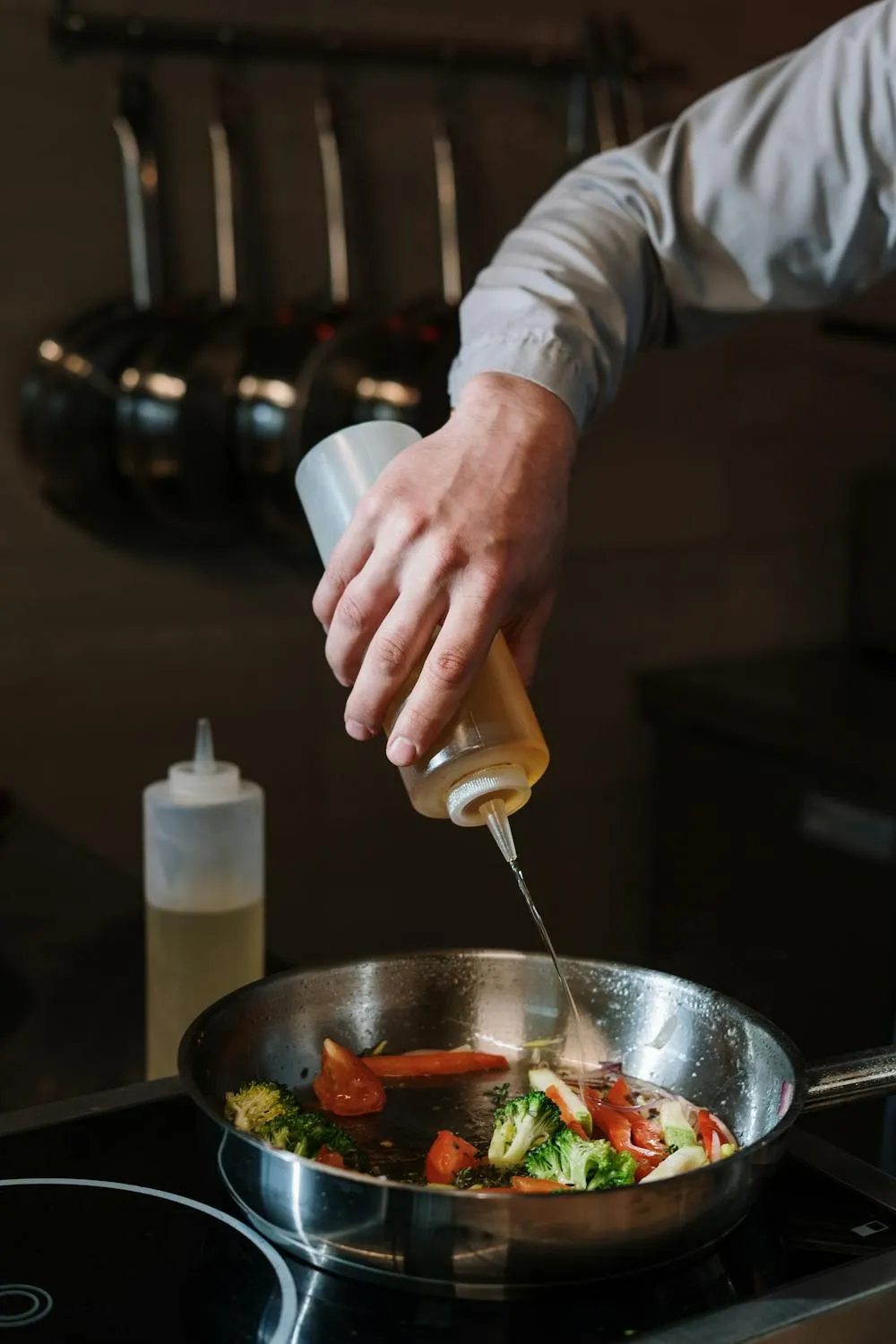 cottonbro studio on Pexels
cottonbro studio on Pexels
Adding too much oil, even healthy ones like olive or avocado oil, can significantly increase the calorie count of your meals. Many people pour directly from the bottle without realizing how much they use. Instead, measure your oil with a spoon or use a cooking spray for better control. Even healthy fats should be consumed in moderation for a balanced diet. This simple change can help you enjoy flavorful food without unnecessary calories.
2. Boiling Vegetables Too Long
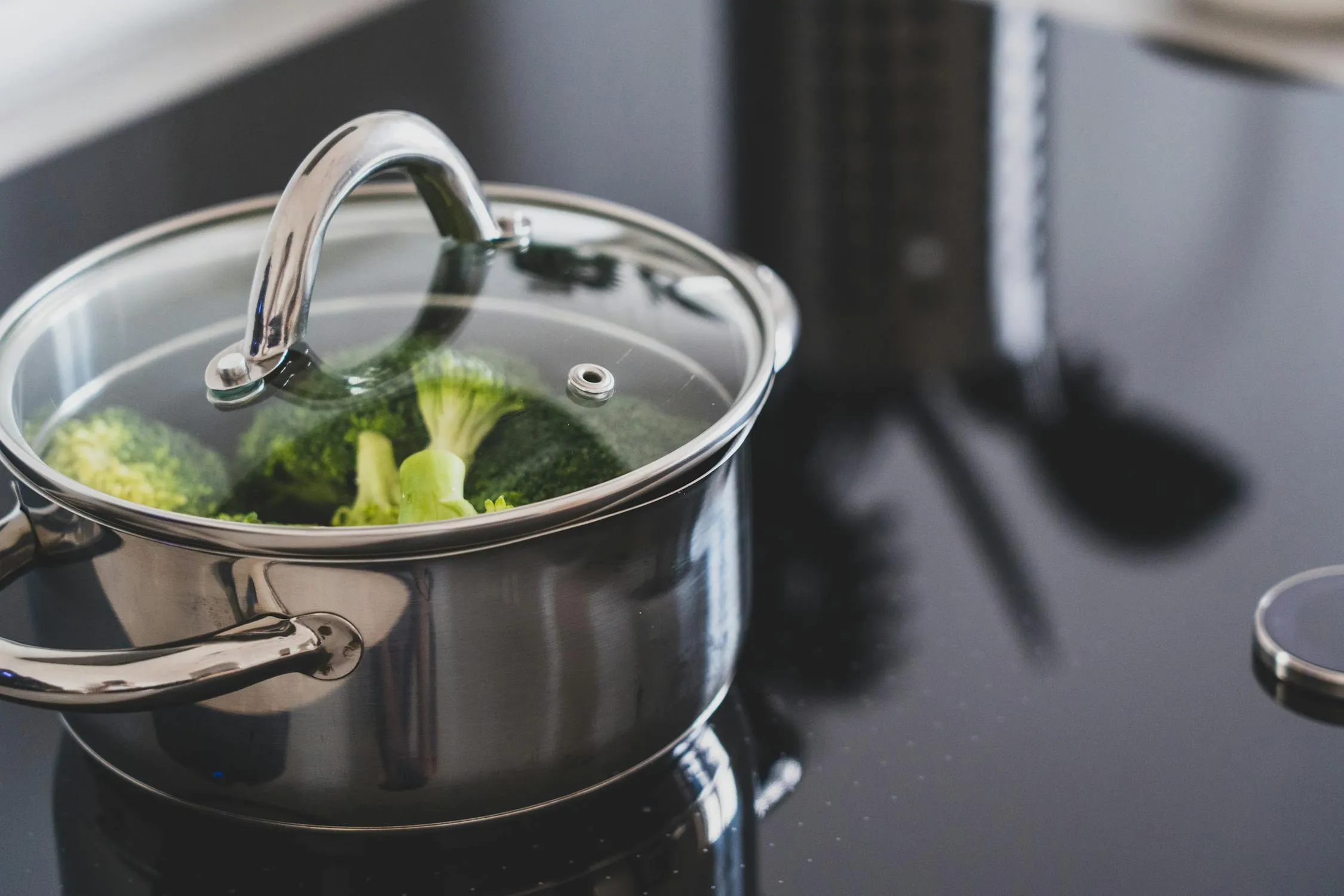 Castorly Stock on Pexels
Castorly Stock on Pexels
Boiling vegetables for too long can strip them of essential nutrients, especially water-soluble ones like vitamin C. The vibrant color of veggies fades when they’re overcooked, indicating lost nutrients. Opt for steaming or blanching, which preserves both color and vitamins. These methods are also faster and maintain the crisp texture of vegetables. With the right cooking technique, your veggies can be nutritious and delicious.
3. Skipping Seasoning
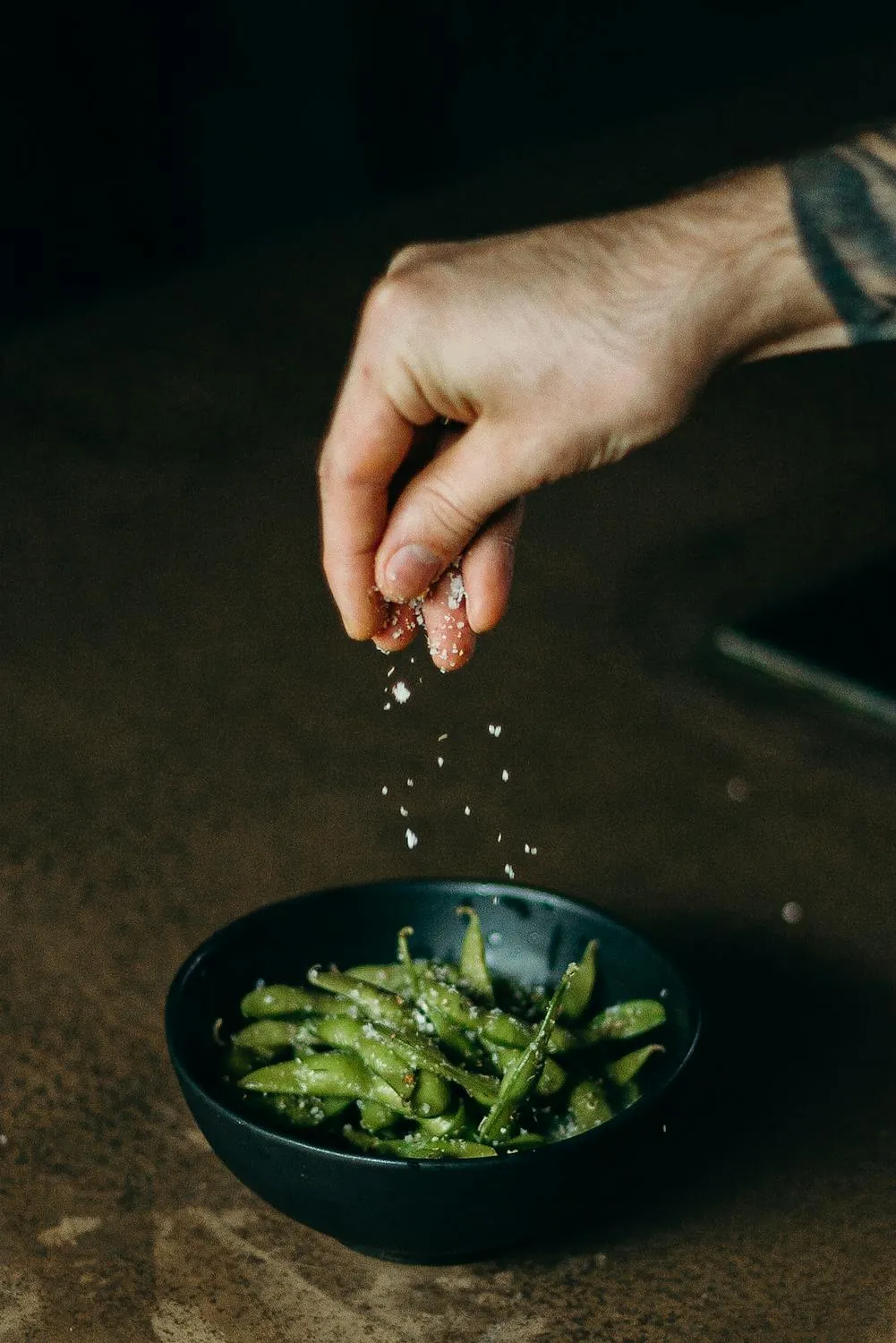 cottonbro studio on Pexels
cottonbro studio on Pexels
Many people think healthy eating means bland food, but that’s not true. Skipping spices, herbs, and citrus leaves meals taste uninspired. Seasoning not only enhances flavors but also provides additional health benefits; for example, turmeric is anti-inflammatory. Experiment with a variety of seasonings to find combinations you love. A dash of the right spice can transform your dish without adding calories.
4. Overcooking Proteins
 Askar Abayev on Pexels
Askar Abayev on Pexels
Overcooking chicken, fish, or lean meats can leave them dry, tough, and less appetizing. This often leads to using sauces or butter to compensate, which defeats the purpose of healthy cooking. Use a meat thermometer to cook proteins to the right temperature for perfect doneness. Rest the meat for a few minutes after cooking to retain juices. Properly cooked proteins are juicy, flavorful, and healthy.
5. Not Washing Produce
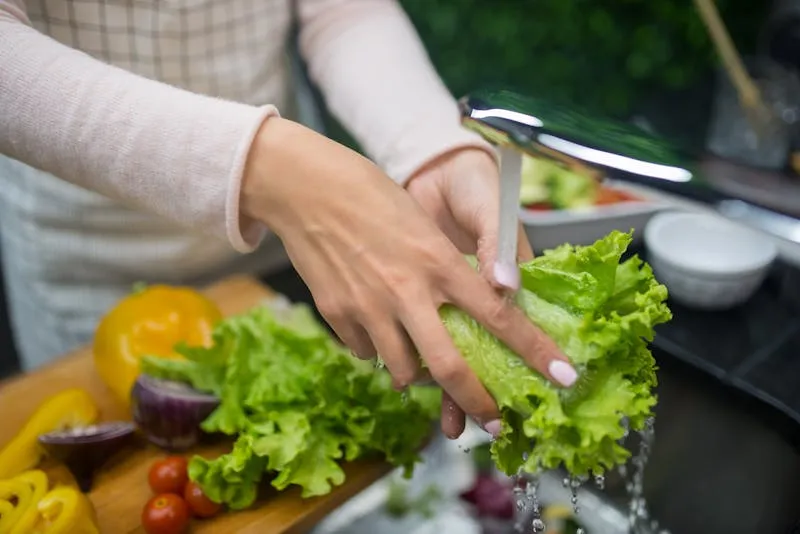 Kampus Production on Pexels
Kampus Production on Pexels
Failing to wash fruits and vegetables can expose you to pesticides, dirt, or bacteria. A quick rinse under water isn’t always enough to clean produce thoroughly. Use a produce brush or soak them in a water-vinegar solution for a deeper clean. Washing also helps remove wax coatings often found on store-bought items. Taking this step ensures your ingredients are as clean and healthy as possible.
6. Overloading Your Pan
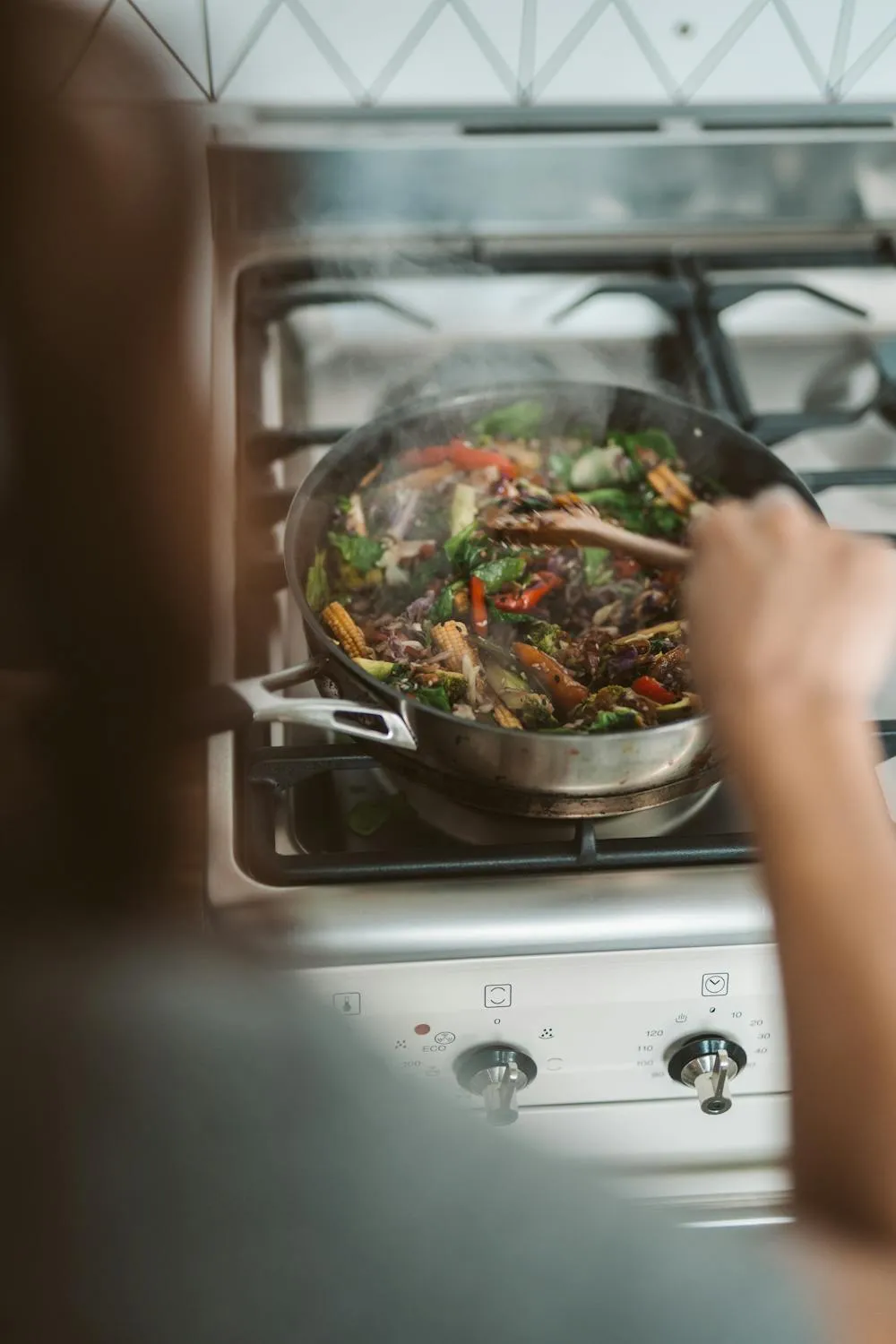 Taryn Elliott on Pexels
Taryn Elliott on Pexels
Filling your pan with too many ingredients at once leads to uneven cooking and steaming instead of searing, which can make your food soggy and less flavorful. To avoid this, cook in small batches and give each ingredient space to brown properly. Searing adds a layer of texture and flavor without needing extra seasoning. A little patience results in better-tasting meals.
7. Using the Wrong Cookware
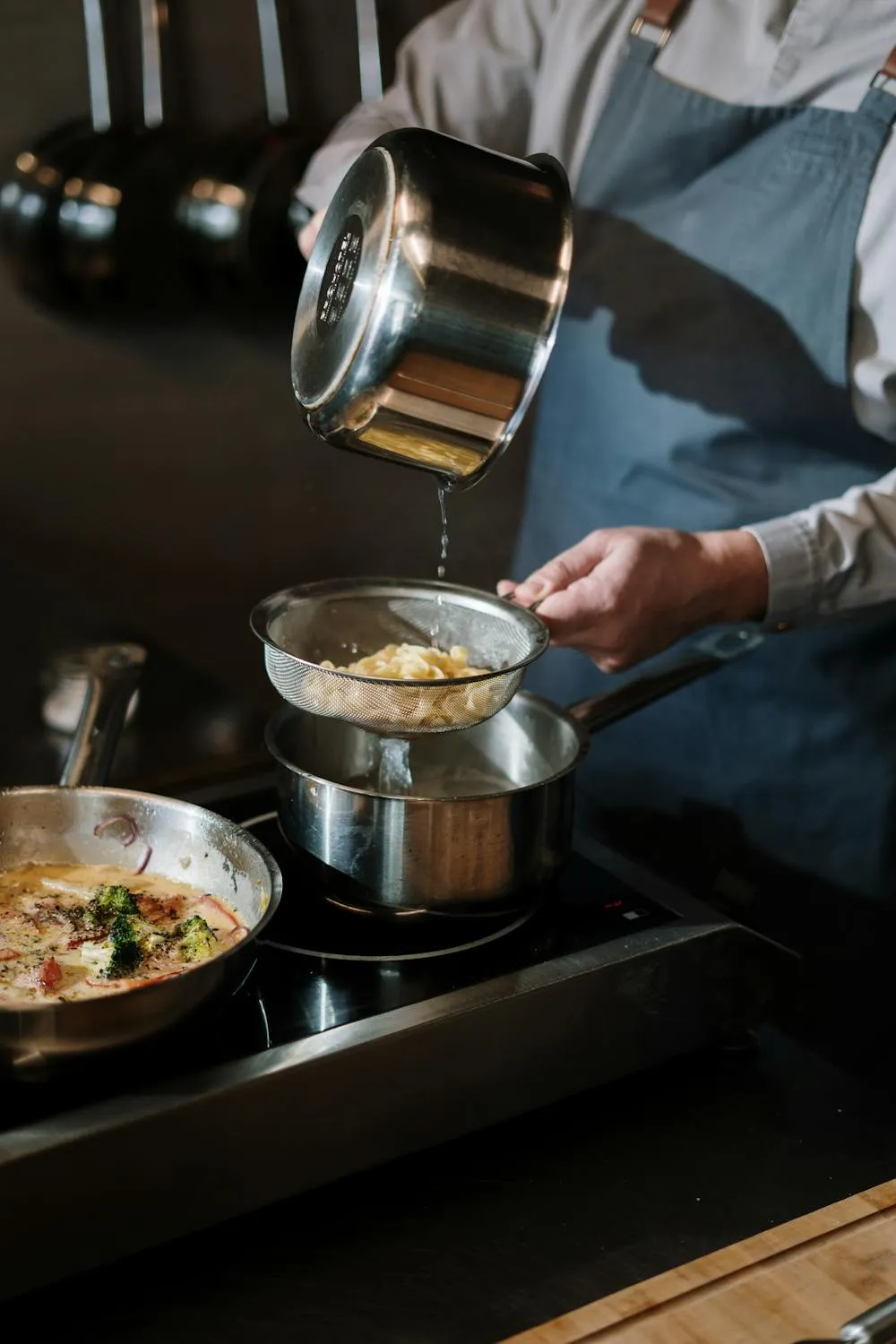 cottonbro studio on Pexels
cottonbro studio on Pexels
The type of cookware you use can affect the nutrition and flavor of your meals. Nonstick pans are ideal for low-fat cooking as they require less oil. Cast iron skillets are another great option because they evenly distribute heat and add some iron to your food. Avoid aluminum cookware, which can react with acidic foods and alter their taste. Investing in the right tools makes cooking easier and healthier.
8. Ignoring Portion Sizes
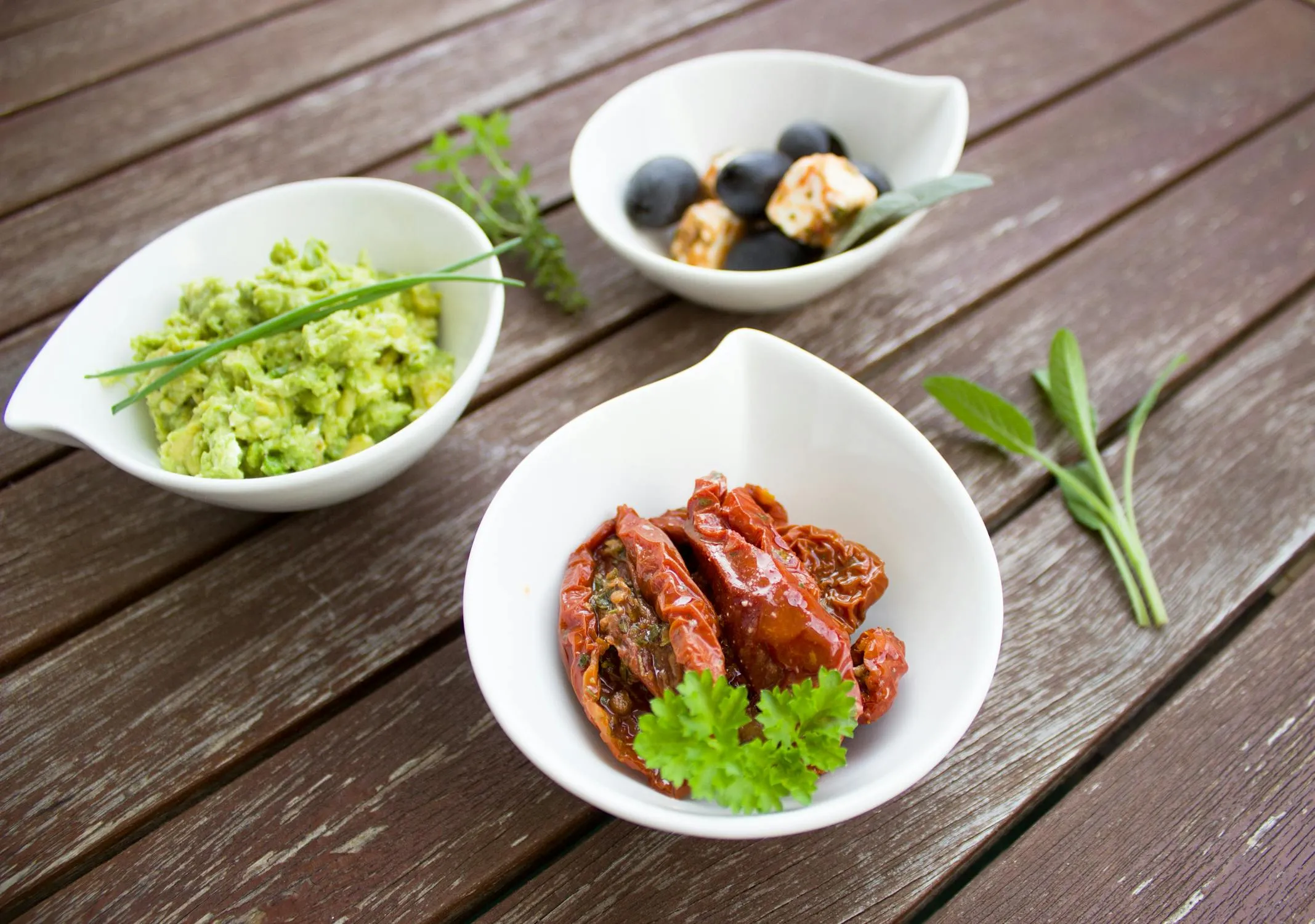 Pixabay on Pexels
Pixabay on Pexels
Healthy ingredients don’t give you a free pass to overeat. Large portions can quickly turn a low-calorie dish into a high-calorie one. Learn to measure portions using a food scale or following visual guides like the “hand portion rule.” Eating slowly and mindfully can also help you recognize when you’re full. Balanced portions ensure your meals are nutritious and satisfying.
9. Cooking with Too Much Salt
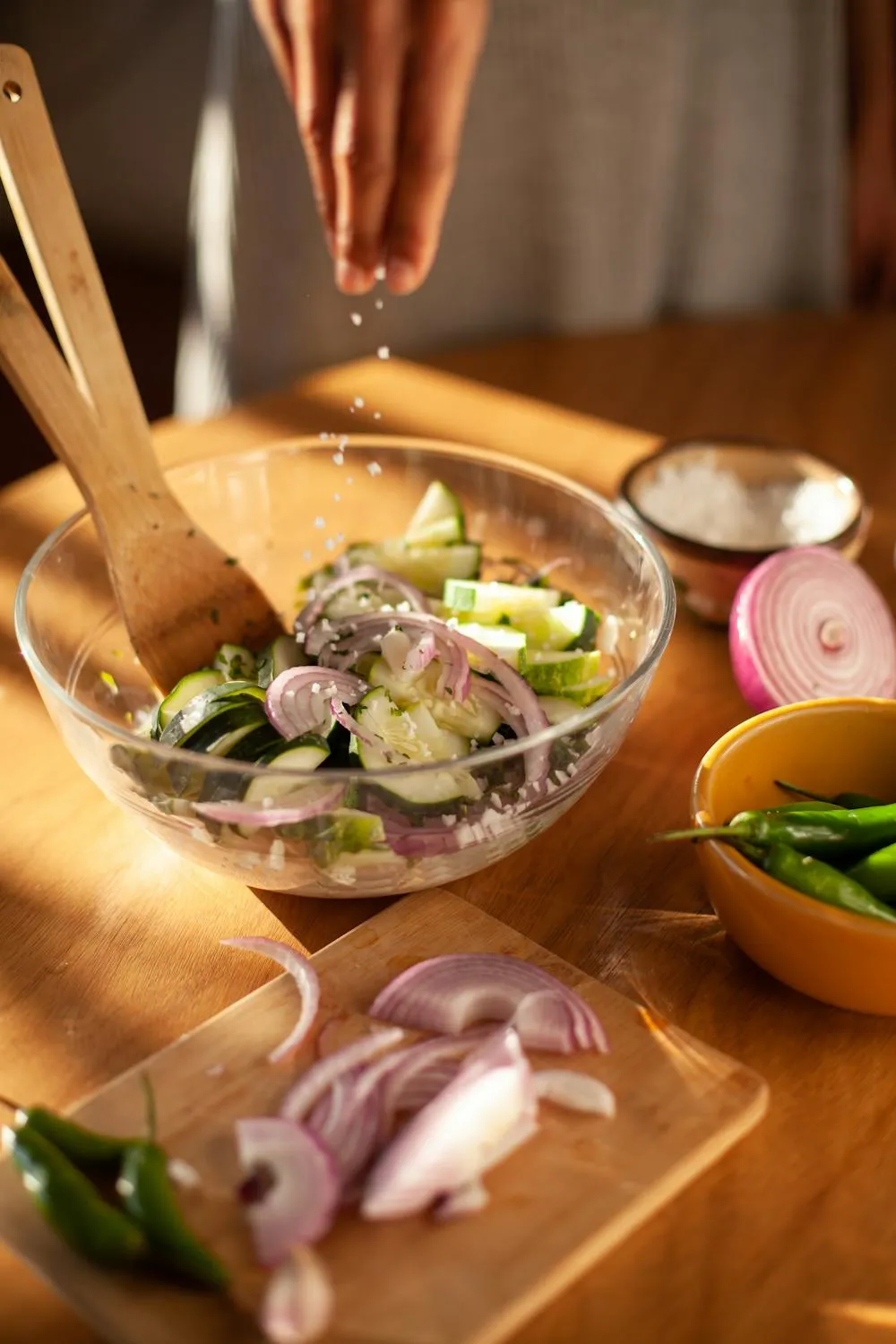 Los Muertos Crew on Pexels
Los Muertos Crew on Pexels
Salt is a common seasoning, but too much can lead to health issues like high blood pressure. Many processed ingredients already contain added sodium, so taste your dish before adding more. Experiment with other flavor enhancers like garlic, lemon, or vinegar instead of reaching for the salt shaker. Reducing salt doesn’t mean sacrificing flavor. It’s a small change with big health benefits.
10. Neglecting Food Safety
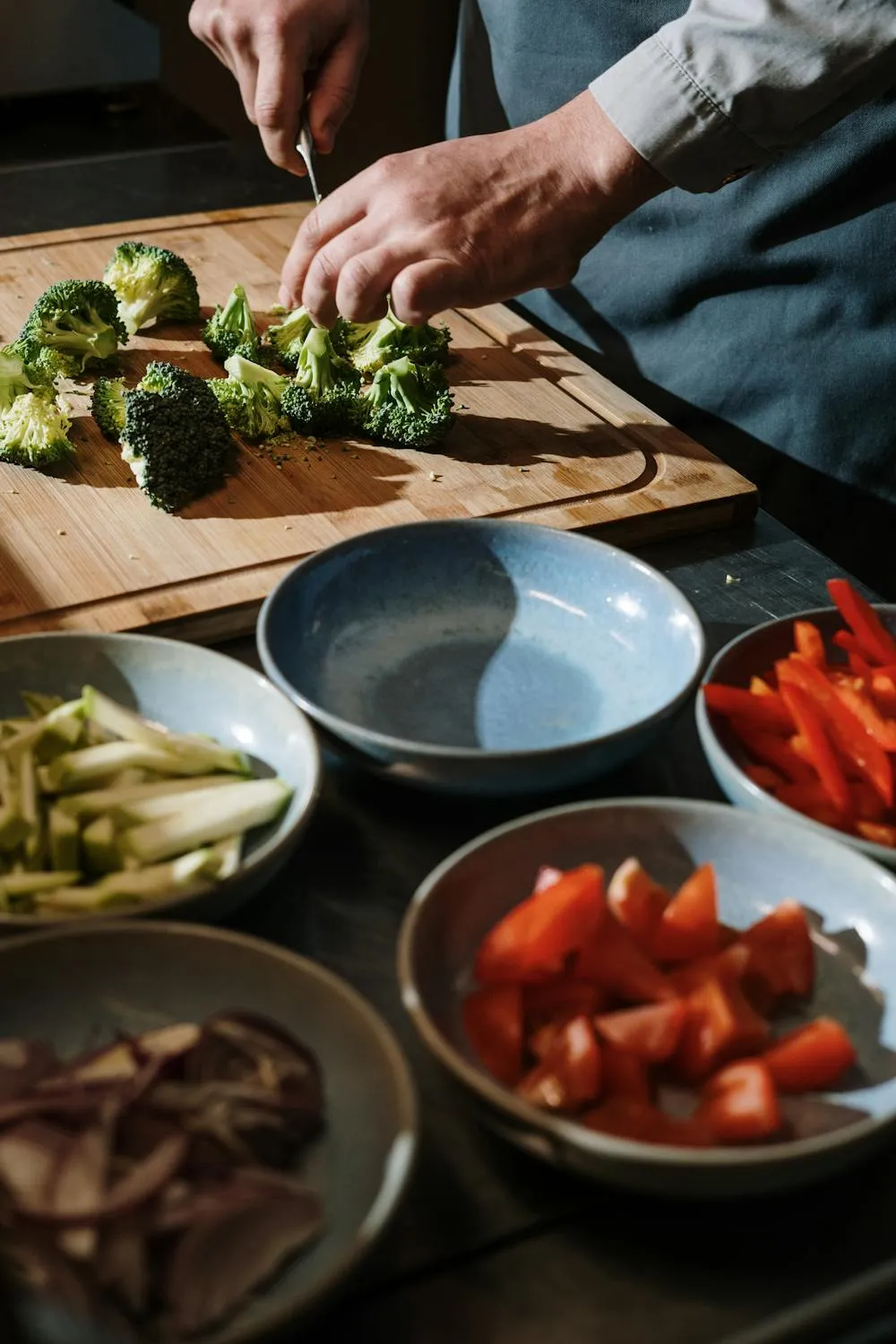 cottonbro studio on Pexels
cottonbro studio on Pexels
Healthy cooking starts with proper hygiene. Forgetting to wash hands, cutting boards, or knives can lead to cross-contamination. Use separate tools for raw meats and produce, and sanitize surfaces after use. Always check the expiration date of your ingredients and store them properly. A clean kitchen means safer, healthier meals.
11. Using Too Much Dressing on Salads
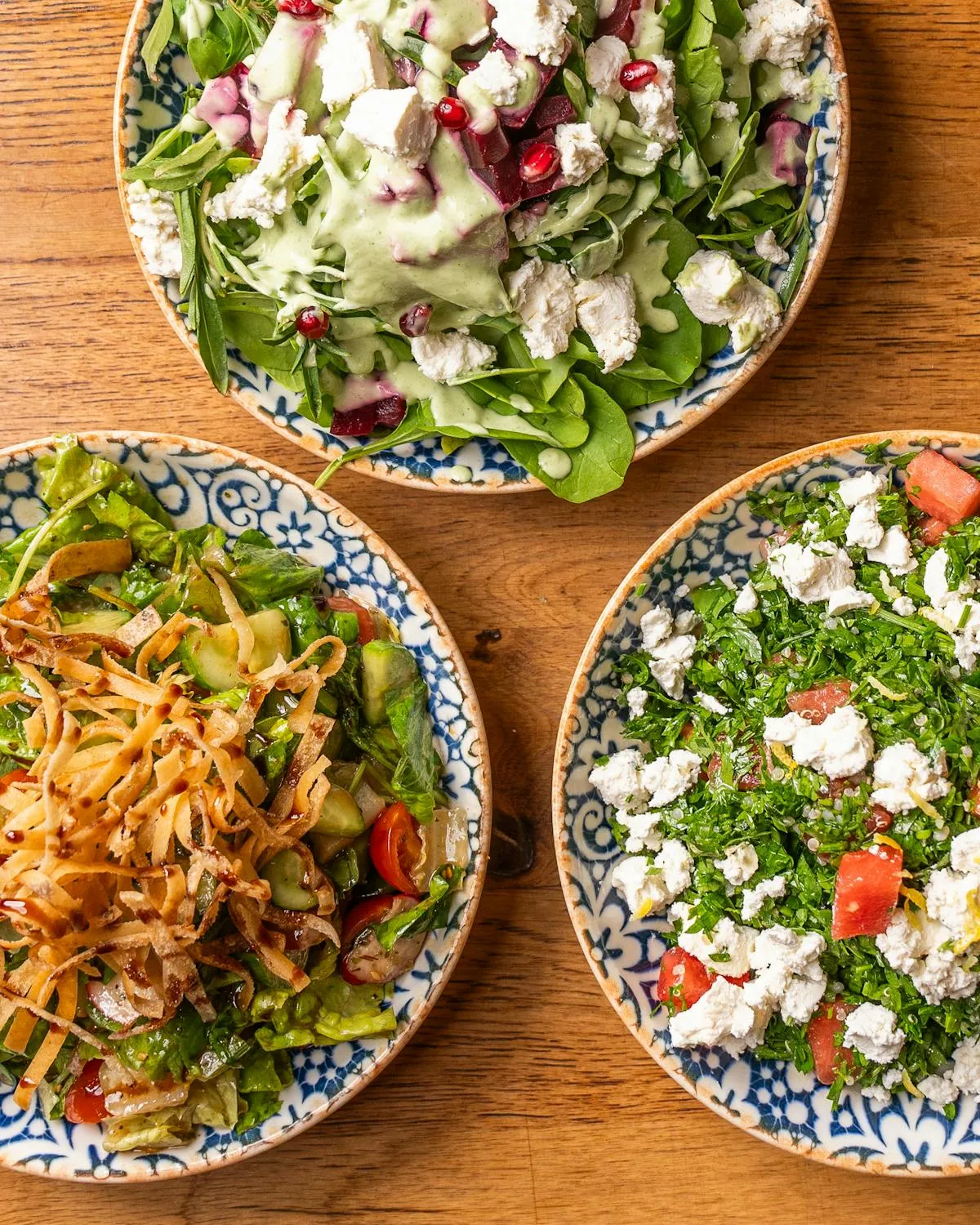 Ali Dashti on Pexels
Ali Dashti on Pexels
A healthy salad can become unhealthy if drenched in high-calorie dressings. Store-bought dressings often contain added sugars, fats, and preservatives. For a lighter option, opt for homemade dressings with olive oil, vinegar, mustard, or citrus. Toss your salad thoroughly to coat the greens evenly with less dressing. This keeps your salad fresh, light, and full of flavor.
12. Relying Too Much on Low-Fat Products
 Nadin Sh on Pexels
Nadin Sh on Pexels
Low-fat versions of foods like yogurt or cheese often contain added sugar or artificial ingredients to compensate for flavor. These additions can undermine your health goals. Instead, choose full-fat options in moderation for a more natural and satisfying taste. Focus on portion control rather than opting for “diet” foods. Quality ingredients are key to healthy cooking.
13. Skipping Meal Prep
 Ella Olsson on Pexels
Ella Olsson on Pexels
Without planning ahead, it’s easy to fall back on unhealthy choices. Skipping meal prep often leads to eating out or reaching for processed foods. Dedicate time each week to plan, shop, and prep ingredients. Prepping also saves time during busy weekdays, making healthy eating more convenient. A little effort upfront ensures you stay on track with your goals.